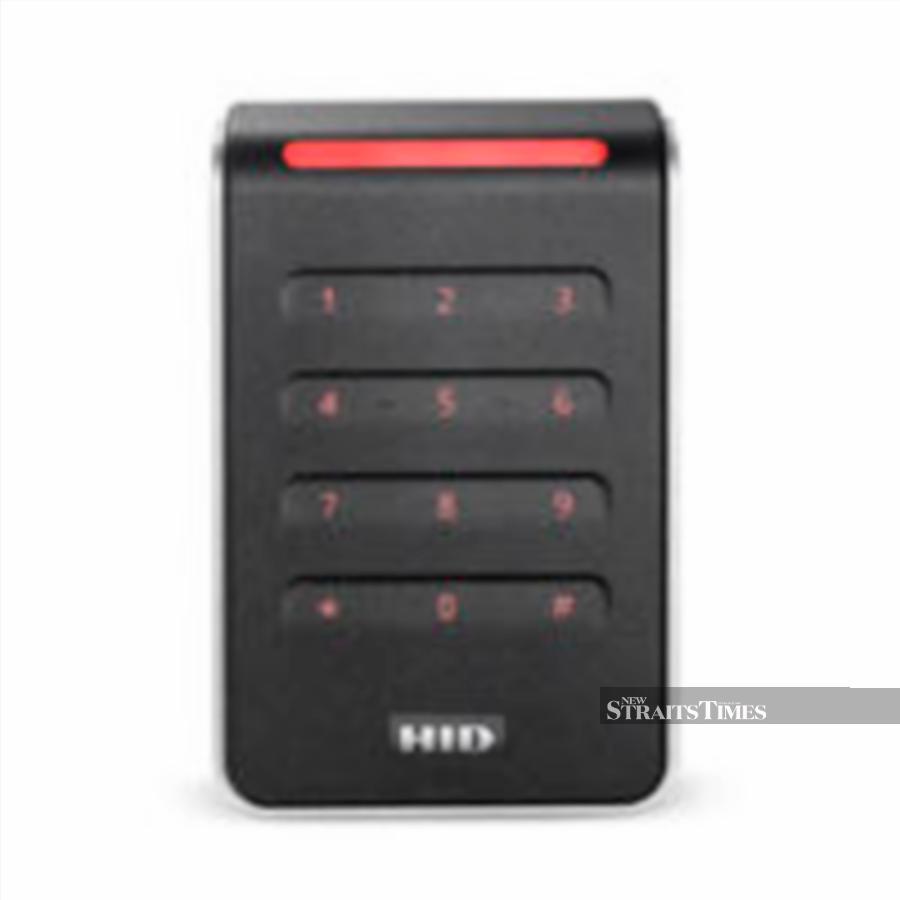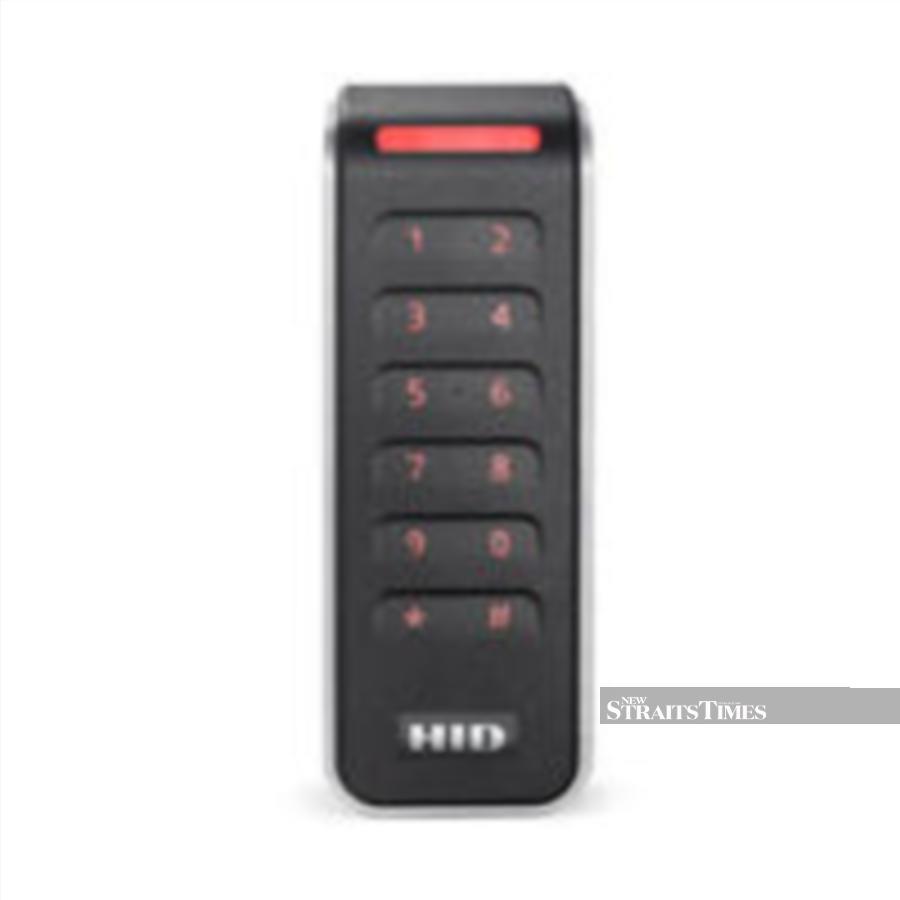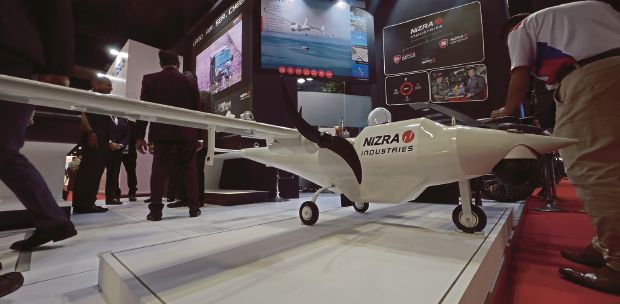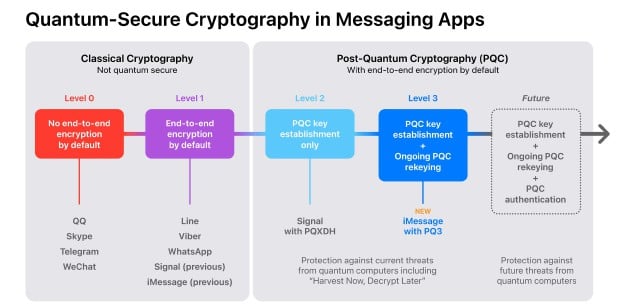THE Coronavirus pandemic has boosted the contactless technology, forcing industries to adopt such technology in almost everything they do.
HID Global's Director of sales, physical access control system-Asean, Alex Tan, said this technology will benefit access control and data management, multi technologies capability and interoperability, especially in the current environment.
Based on a study by HID Global (HID) titled "The 2020 state of physical access control", the majority of companies do not consistently invest in improving their physical access control systems, with most systems age more than three years old.
Tan said contactless technology is one of the key aspects that companies should take into consideration as precautionary measures to protect the workforce and for other operational conveniences.

"That said, data privacy and regulatory compliance must also form part of the key consideration to ensure that the investment made toward the system is sound and robust," he said.
"One of the largest considerations for back to work Standard Operating Procedures (SOP) set by the authority during the Covid-19 recovery period was high traffic touch points in offices, public spaces and public transportation, but as we take more precaution with hygiene and physical distancing, it is tougher to control and clean surface points," he said.
"This is where our Signo reader comes in handy," he added.
HID Global has had a long history of moving physical access forward and find ways to scale its technologies to adopt new innovations based on global requirements.
"Our mobile access technology coupled with HID Signo readers are both available in Malaysia. Mobile access technology looks at identities being safely stored on our device to access office buildings, condominium homes, car park bays, remote PC sign on and even for vending machines," said Tan.
UNDERSTANDING CONTACTLESS TECHNOLOGY
Technically, contactless technology means engaging a device through proximity without having to touch the equipment.
In the electronic physical access control arena, contactless devices use near-field communication (NFC) a short-range wireless technology that allows for instant data transmission among devices that are several centimetres apart. This technology is based on radio-frequency identification technology (RFID), which is also integrated in public transportation passes and some security systems to open doors.

The Signo Reader supports a wide range of credential technologies, including HID Mobile Access via native Bluetooth and Near Field Communication (NFC) capability. It also features Apple's Enhanced Contactless Polling (ECP) to support credentials in the Apple Wallet.
"Our technology aims to, in the long term, reduce the recurring costs of card consumption, usage of high traffic physical touch points and enabling remote management of access technology," said Tan.
For access control – other than using company issue ID card/tag function – HID also offers mobile access.
All Signo readers include out-of-the-box support for Open Supervised Device Protocol (OSDP) for secure bidirectional communication. This means that each reader is designed to be connected and managed remotely without "sneakernet" or the need to be physically touched, protecting the IT team from risks as well.
FUTURE OF SEAMLESS ACCESS
Technology players are excited about the entry of Ultra-Wide Band (UWB), which is a communications technology that employs exceptionally low energy and can be used for short range wireless applications and HID is part of the global consortium of tech players that innovated this technology.
"We are looking at pairing UWB with HID's mobile keys to allow access devices to detect the user even if the user's phone is in his or her pocket. The device can calculate the range, vector and velocity of movement to automatically grant access as the user is within the right range with the intent of entering. This is the future of seamless access," said Tan, adding that as the technology matures and innovations continue to roll out, he expects the factors of security and accuracy will gain more momentum.
"Multi-modal technologies like voice recognition and mobile access and multi-factor authentication, such as a combination of chip-based credentials and biometrics, will begin to take force to ensure security, and accurate matching of credentials to verify the person and richer user experience," said Tan.

KEEPING ONE'S SAFETY
While it is a challenge to refine the complexities and inner workings on the safe usage of contactless technology, a few key best practices can be instilled such as not sharing or give away any sensitive information; and if, and when a transaction really needs to take place, a two-step process for verification widely known as two factor authentications is best to be programmed and adopted to mitigate any malicious risk.
"As we pursue the use of contactless technology, it is essential for system administrators and savvy users to explain further to their dependents like kids or elderly to consciously use their access credentials and if it resides in their mobile devices, the need to ensure proper security features are enabled on their devices," said Tan.





